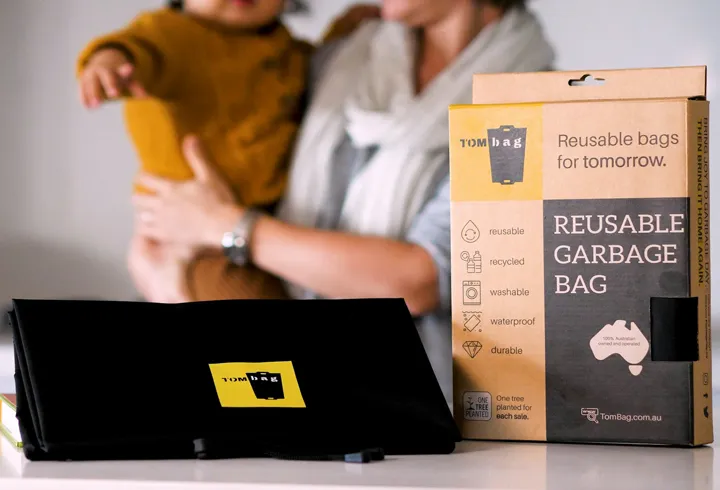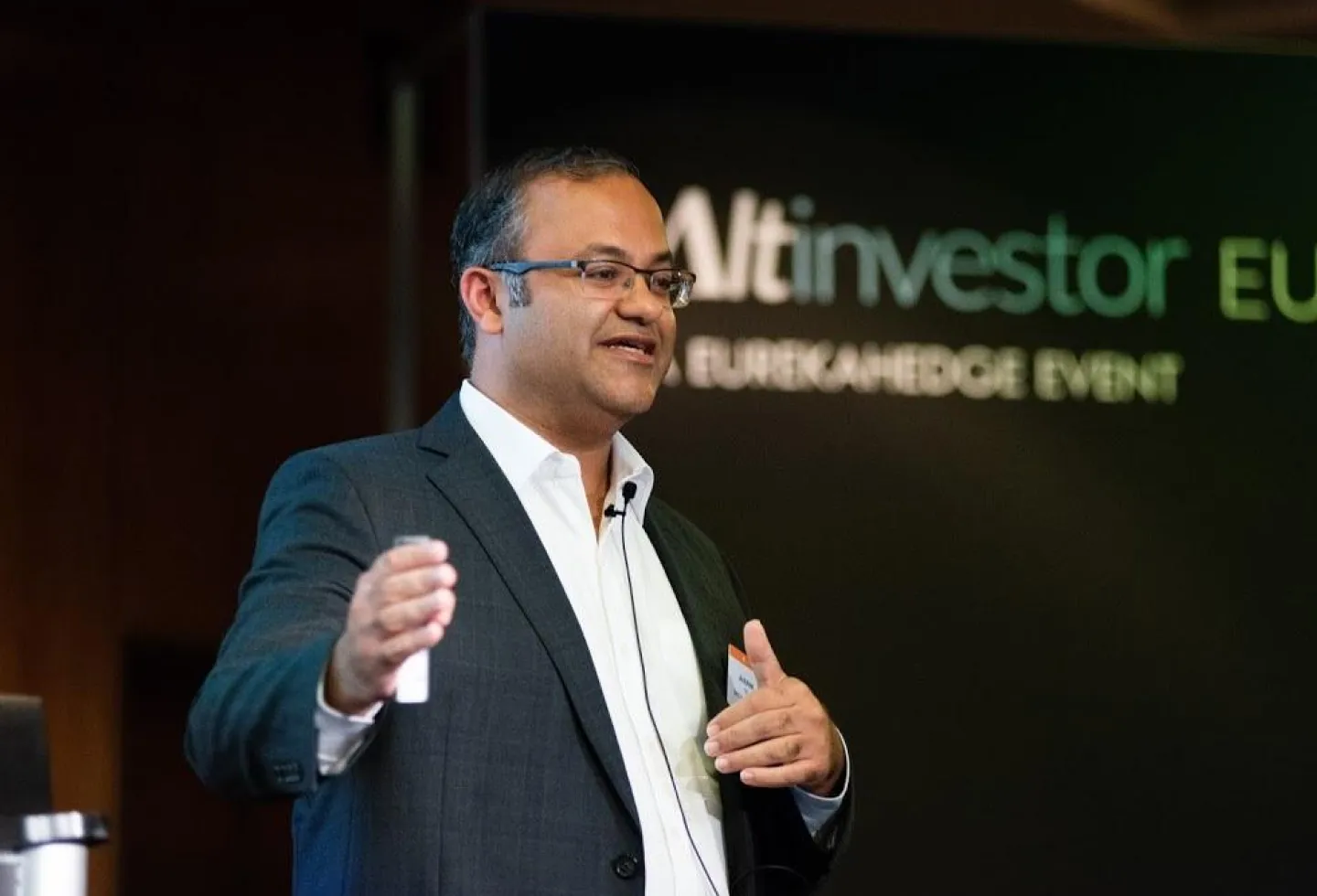We’re progressing into an era of rapid modernization, hoping to build a future that was just a scene in a sci-fi movie. Yes, achievable but what about the waste and climate impact our actions are and will cause along the way…
What if there was a scenario/possibility, where waste was a valuable resource and not a burden we need to take care of?
Well, there is a way – Circular Economy. Modern businesses are challenging the traditional way of ‘take, make, waste’ and turning it around to ‘make, use, recycle’ to fuel future goals and drive innovation sustainably.
This directly transforms the core functioning of how companies design, produce, and manage products/services — enabling them to unlock new revenue streams while ensuring minimal to nil environmental impact!
Cradle-to-Cradle Design
At the heart of the circular economy lies the concept of cradle-to-cradle design. Unlike the traditional “cradle-to-grave” approach, where products are designed for disposal, the cradle-to-cradle design focuses on creating products that can be infinitely reused, repurposed, or recycled.
This holistic design philosophy considers the entire lifecycle of a product, ensuring that materials can be safely reintroduced into the production cycle.
Companies like Interface, a leading modular carpet manufacturer, have embraced this approach.
By designing its products with disassembly and recycling in mind, Interface has diverted over 350 million pounds of carpet from landfills.
Not only does this reduce waste, but it also creates a closed-loop supply chain, minimizing the need for virgin materials and reducing the company’s carbon footprint.
According to a report by the Ellen MacArthur Foundation, a shift to a circular economy could generate an annual economic benefit of $1 trillion by 2025.
“Cradle-to-cradle design is not just an environmental imperative but also a business opportunity”, says Dr. Michael Braungart, co-founder of the Cradle to Cradle Design concept.
Industrial Symbiosis – A Principle of Circular Economy
Industrial symbiosis is another key principle of the circular economy, where the waste or by-products of one industry become the raw materials for another.
This collaborative approach fosters resource efficiency, reduces waste, and creates shared economic and environmental benefits.
One notable example is the Kalundborg Symbiosis in Denmark, where a power plant, oil refinery, pharmaceutical company, and other industries have established a network of material exchanges.
The power plant’s waste steam is used for heating in the nearby town, while its gypsum by-product is used as a raw material for drywall production. This symbiotic relationship has resulted in significant cost savings, reduced emissions, and increased resource efficiency.
In the United States, the NREL (National Renewable Energy Laboratory) a Renewable Energy Research Facility exemplifies industrial symbiosis in action.
The facility’s waste heat is captured and used to heat and cool nearby buildings, while wastewater is treated and reused for irrigation and cooling towers, minimizing the need for fresh water.
Product-as-a-Service Models
The circular economy is also driving a shift from traditional product ownership to product-as-a-service models.
Instead of selling products outright, companies retain ownership and offer their products as a service, incentivizing them to design for longevity, repairability, and reusability.
Michelin, the tire manufacturer, has embraced this approach with its “Michelin Air” tire service.
Customers pay for the number of miles driven, and Michelin remains responsible for tire maintenance, repair, and replacement.
This model encourages Michelin to design tires that last longer and can be easily retreaded or recycled, aligning their economic interests with sustainability goals.
As the circular economy gains momentum, businesses that embrace these innovative approaches will be well-positioned to unlock new revenue streams, reduce costs, and minimize their environmental impact, ensuring a sustainable future for generations to come.
Closing Thoughts on Circular Economy
A circular economy is not a mere framework or methodology that provides a different aspect of waste and its management. It is a fundamental change to the core concept of how businesses operate and perceive waste.
Only if corporates change their perception towards waste, look at it as a valuable resource, and embrace the principles we talked about like cradle-to-cradle design, product-as-a-service, etc. It will create new opportunities, establish a competitive edge, and unlock revenue streams while ensuring globe-friendly initiative and sustainability.
We live in a world that has finite resources, and growing environmental challenges, we need to do something, fast. The circular economy model shines as the ideal solution that offers the best of both worlds – economic growth and sustainability while keeping in mind the cute blue planet’s limits and conditions.



